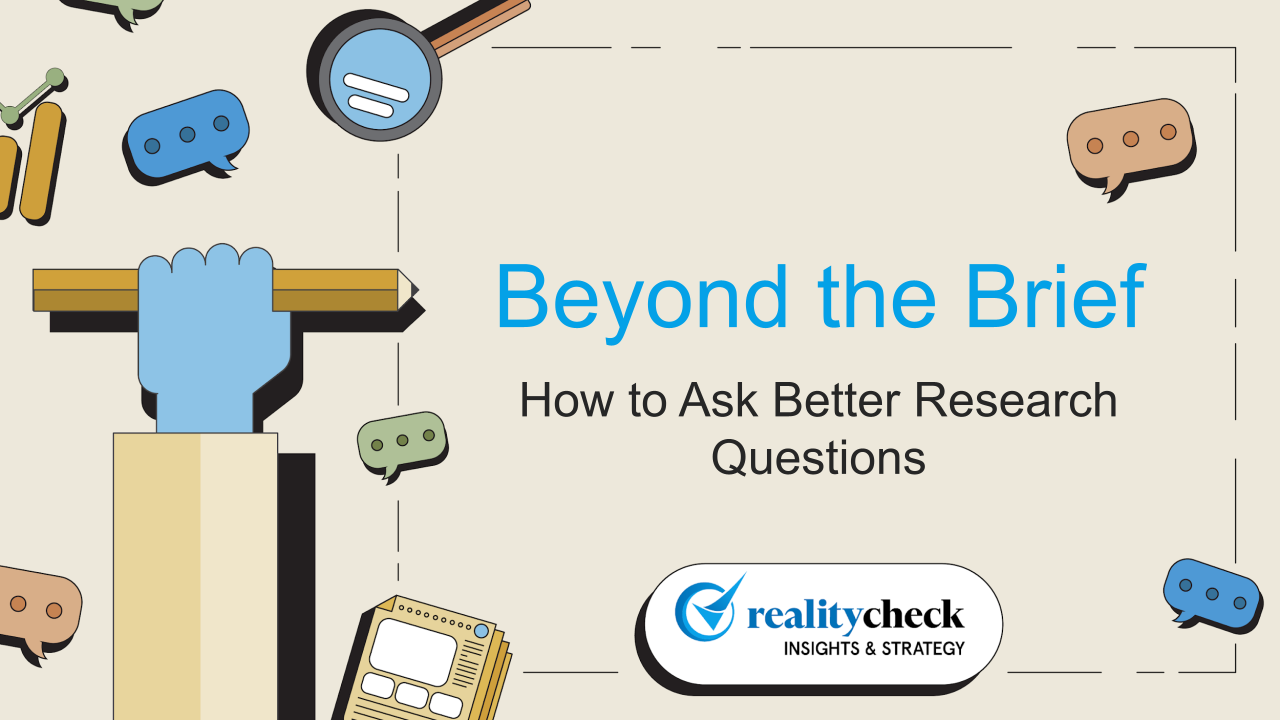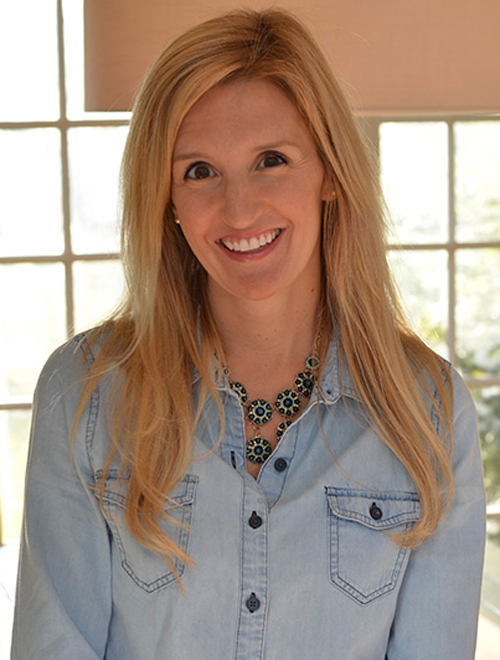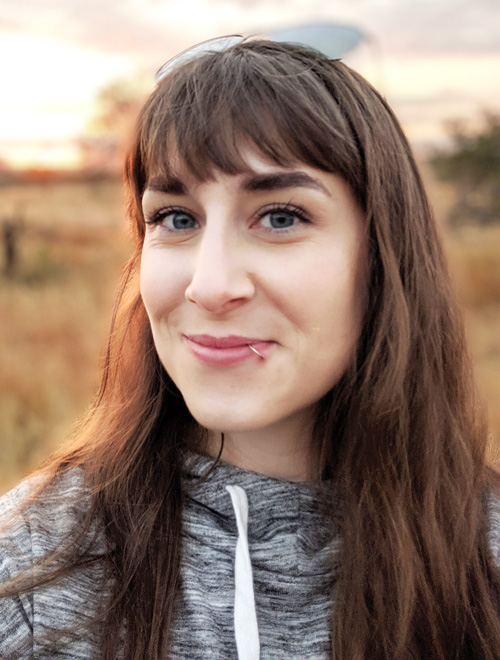Beyond the Brief: How to Ask Better Research Questions
In Brief
Research briefs often focus on what a client wants to learn rather than the decisions they need to make. They often focus on validation — did people like it or not? But the most powerful insights come from questions that are rooted in the decisions clients need to make and the actions they need to take. This post explores how to work backward from real business needs to design smarter, more decision-oriented research.
The Problem with Most Briefs
Many briefs are tactical and time-pressed. They’re often built around surface-level questions like “What do people think of this concept?” rather than the deeper business context: What needs to happen as a result of this research?
That’s where valuable insight gets lost — when briefs chase understanding without clarity on how that understanding will be used.
From Curiosity to Actionability
We guide our clients to reframe the starting point. Instead of “What do we want to learn?”, we ask:
“What do you need to decide or do?”
That shift — from inquiry to intent — changes everything. It focuses the research on real-world consequences, not abstract understanding. It also raises the bar: What kind of insight would actually move the needle? What would push your team toward one path over another?
Only once we know that can we build a research plan that’s truly useful.
Asking the Right Kind of Questions
We still value insightful, thoughtful questions. But we bring more structure to them — and more creative rigor.
• We start with what’s missing in the current picture
• We ask what decisions need to be made, and what tensions might shape them
• We explore what would make stakeholders change their minds, not just check a box
According to Harvard Business Review, great questions – both qualitative and quantitative – uncover assumptions, motivations, and lived context. We take that further by making sure those insights are designed to do something — not just explain something.
What to Listen for in a Good Research Question
• Does it frame a tension, not just a task?
• Is it rooted in a real decision or inflection point?
• Will the answer provoke action, not just understanding?
How RealityCheck Works Beyond the Brief
We don’t just run with the request. We work backward from the decision. Together with our clients, we interrogate the brief, uncover what’s at stake, and design the research to surface insights that matter.
We also bring creativity to this process — not just in how we talk to people, but in how we frame what we’re asking. We believe the best way to get interesting answers is to ask interesting, theory-informed questions, grounded in context and consequence.
As we shared in The Art of Slowing Down, great research begins well before the first interview. It begins with intentionality — and a clear-eyed view of what really needs to happen next.
In Closing: Better Questions, Better Insights
A brief sets the stage, but it doesn’t have to limit the story. The best insights begin when we move past checklists and ask bigger, better, more human questions.
If your team is working from a brief that feels a bit, well… brief; let’s talk. Together, we can build questions that open the door to real discovery.























